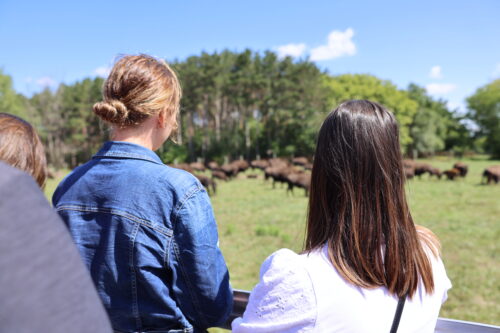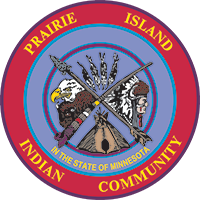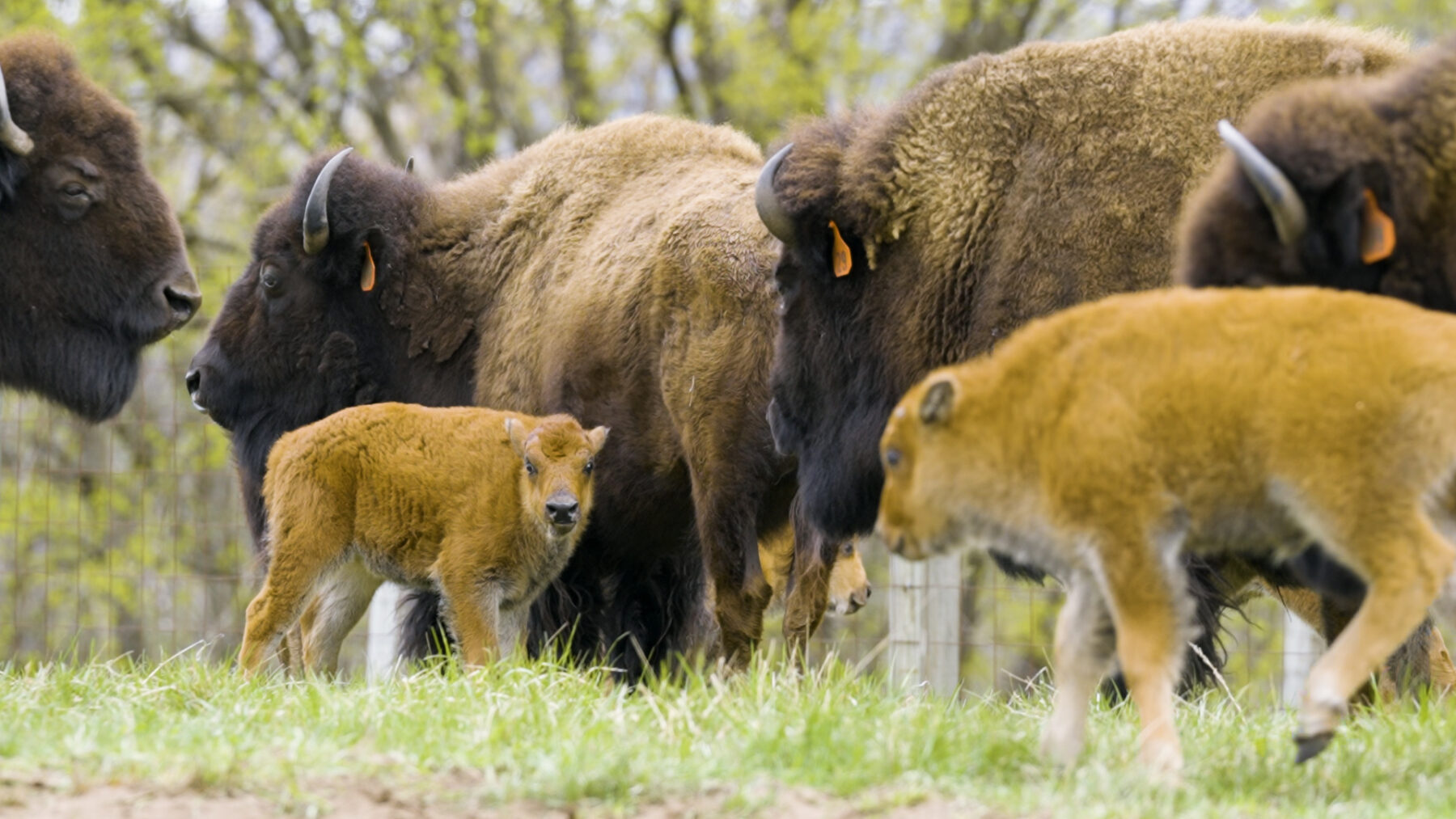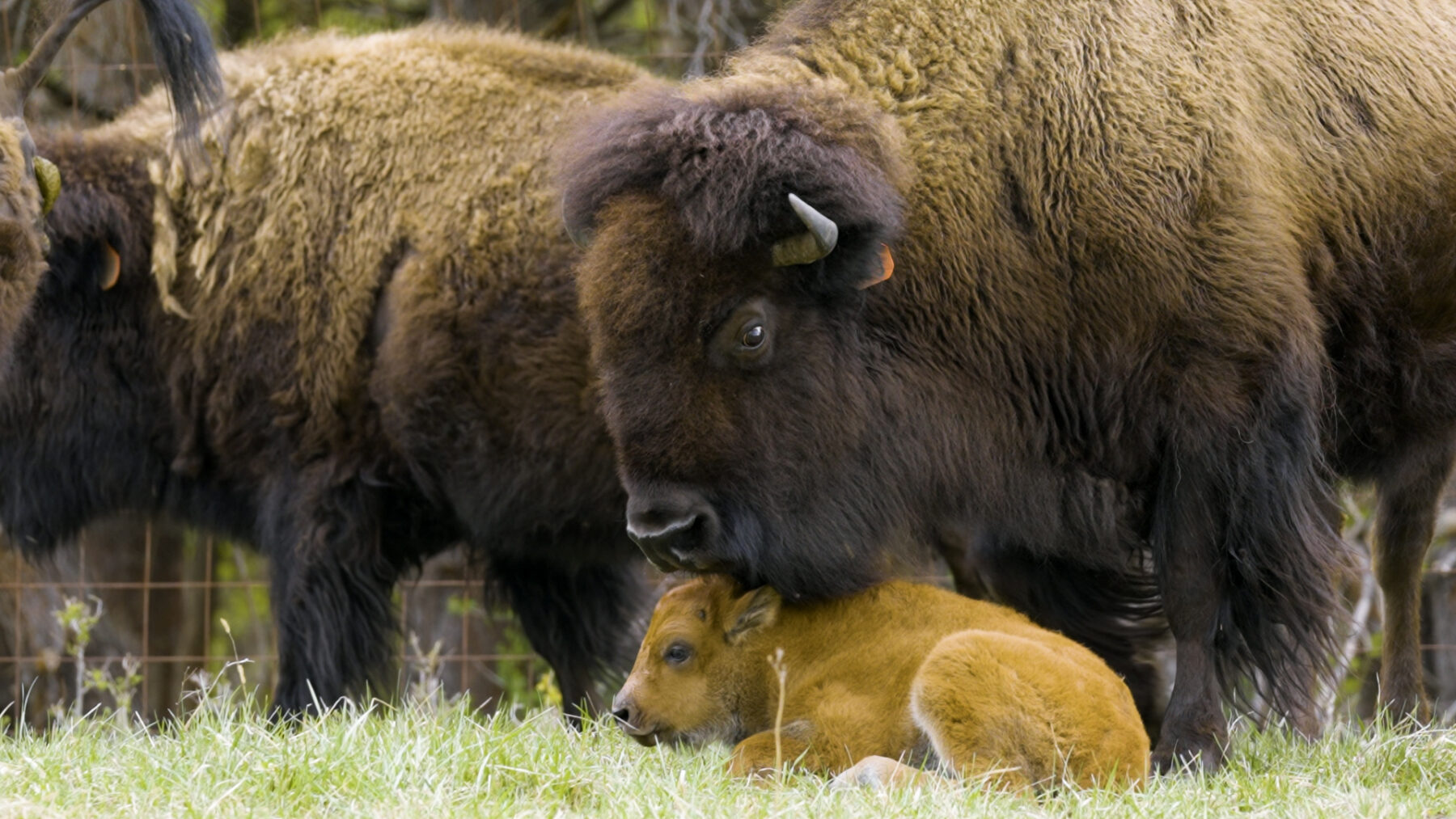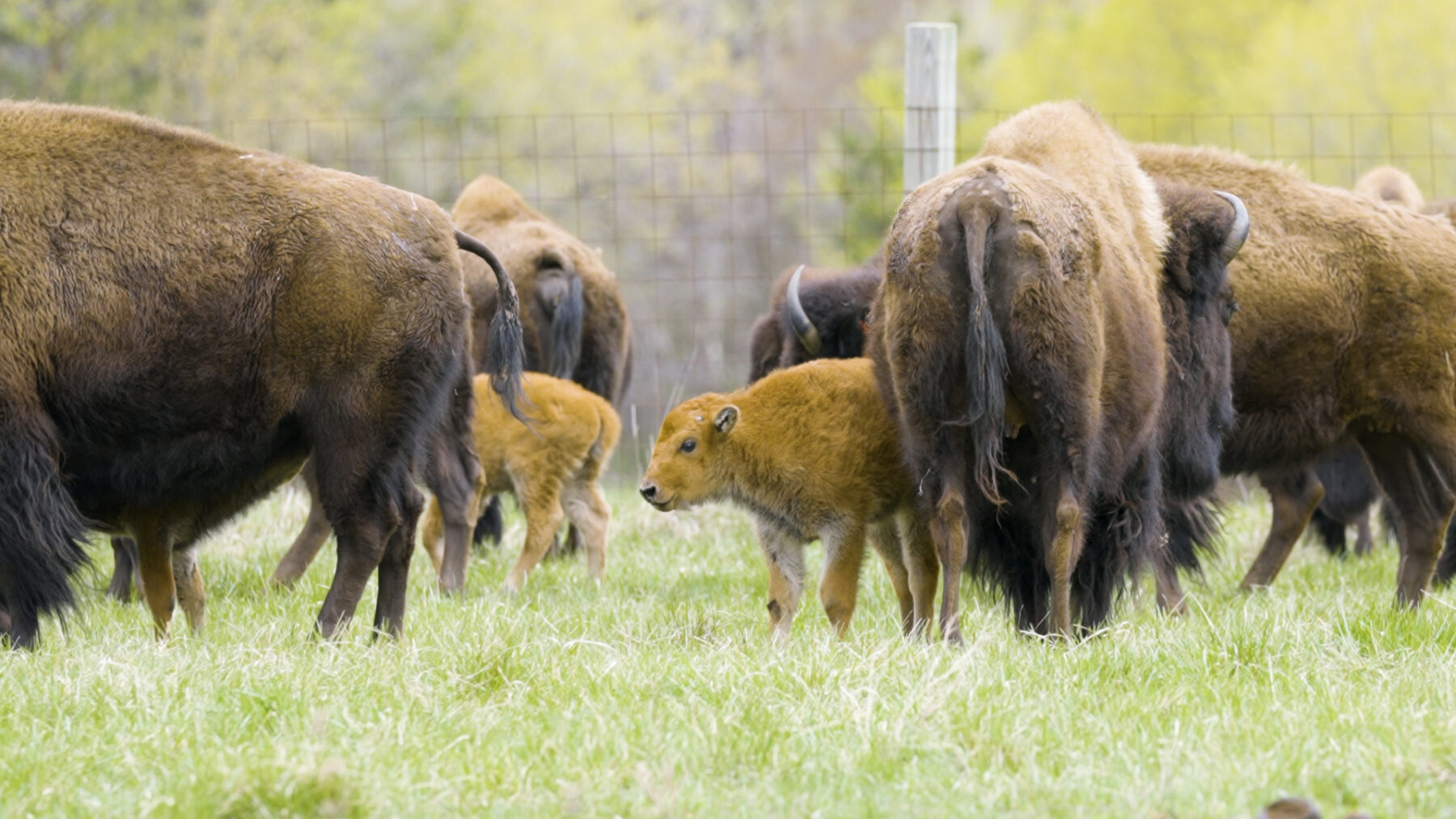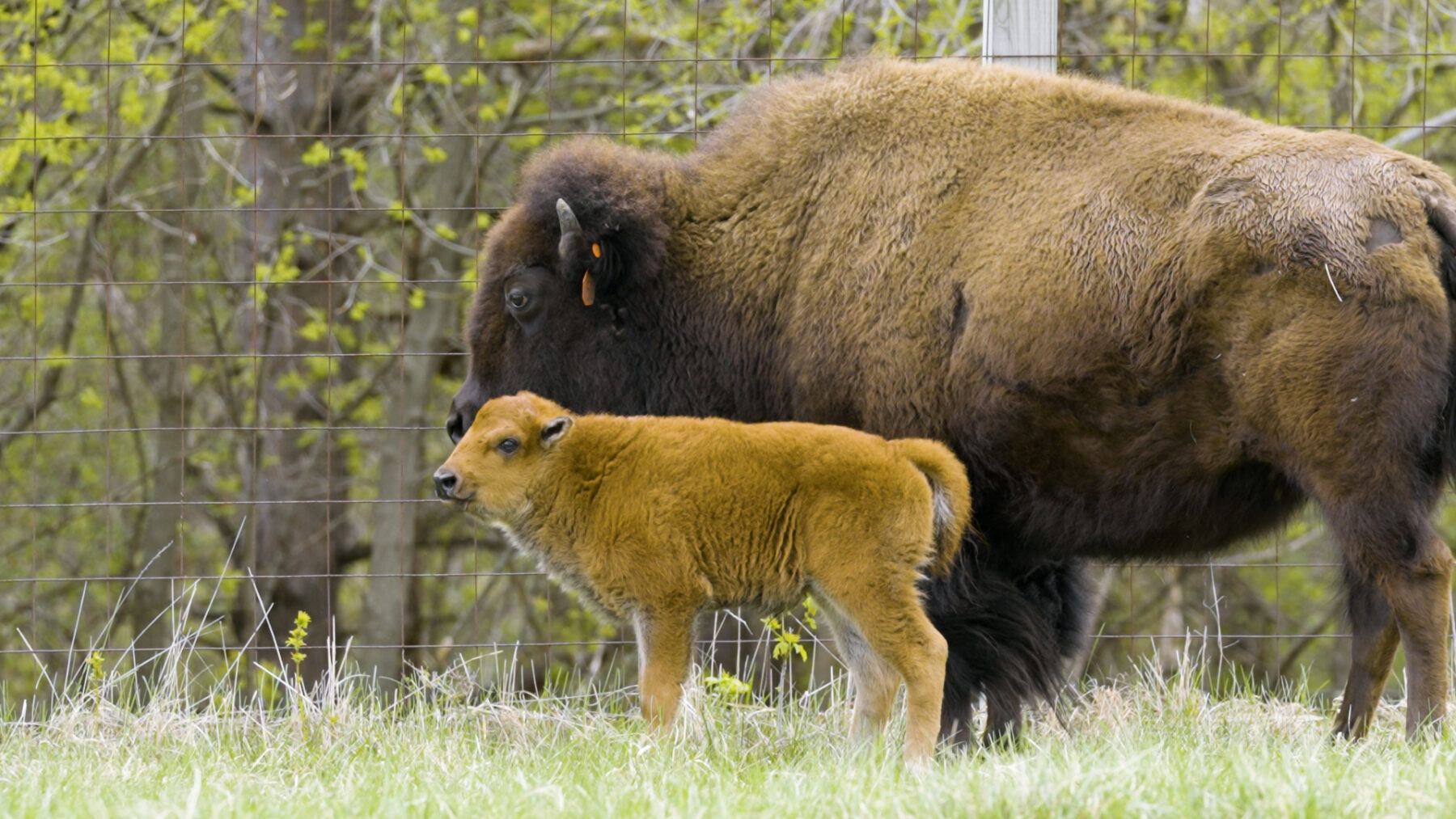Edwin Buck Jr. Memorial Buffalo Project
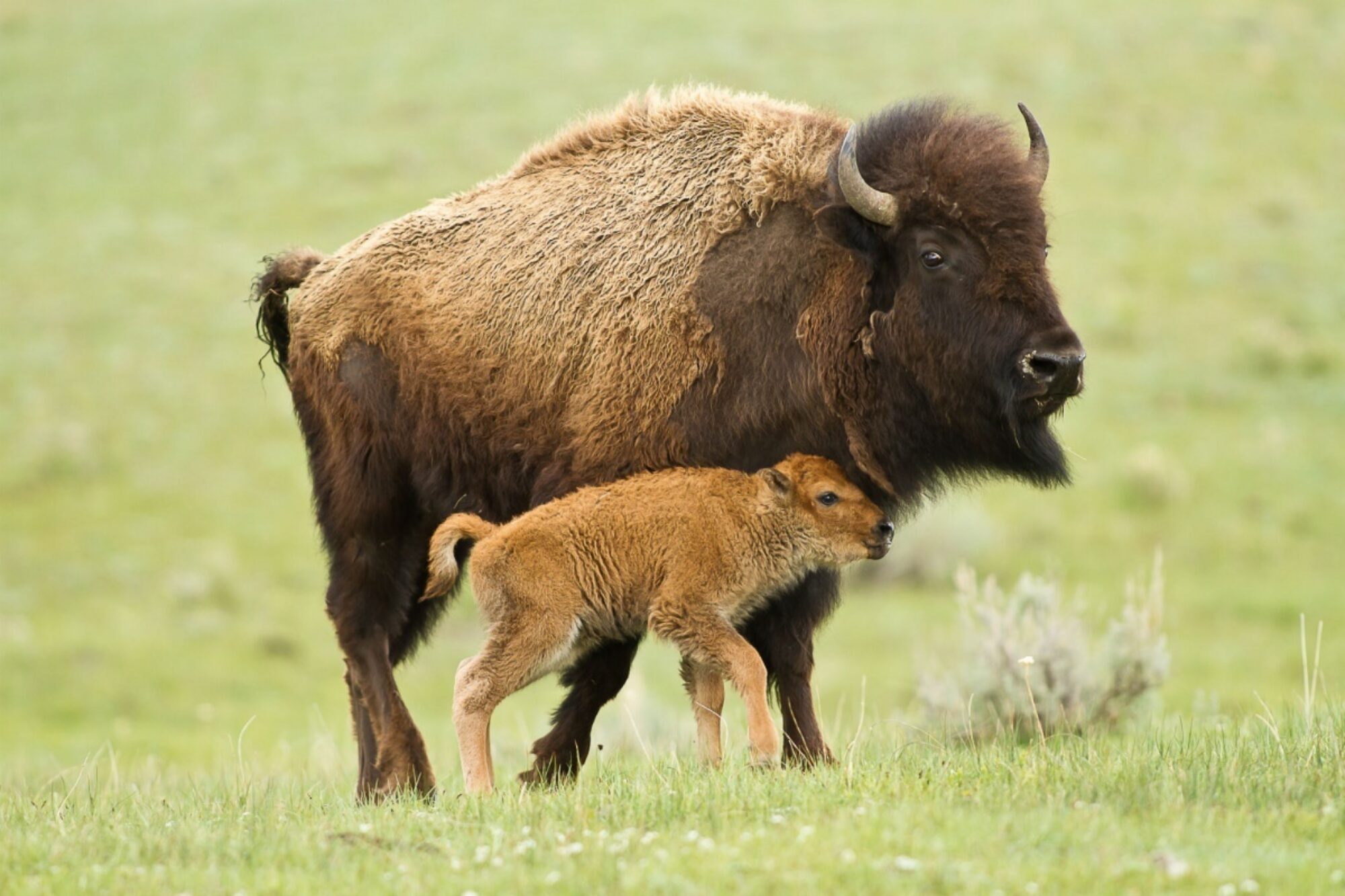
The Tatanka Oyate -- A shared fate
The Dakota people share a special connection with the Tatanka Oyate – or buffalo people. They are spiritual relatives whose fates have been inseparable for centuries.
Before European contact in the late 1800s, conservative estimates say that there were between 30 to 60 million buffalo that roamed North America. The buffalo were essential to survival and self-sufficiency for the 25 million Native Americas who lived off the lands, providing food, clothing, and shelter. By turn of the century, there were only 500 buffalo remaining, nearly making them extinct. Similarly, the genocide against Native Americans meant that fewer than 250,000 remained by the early 1900s. The buffalo were placed on parks and reserves, and the Indigenous people were placed on reservations, given enrollment numbers and forced to rely on the federal government for nearly everything to survive.
The buffalo were placed on parks and reserves, and the Indigenous people were placed on reservations, given enrollment numbers and forced to rely on the federal government for nearly everything to survive.
A New Buffalo
In the 1980’s many tribes found a new buffalo that once again brought the promise of self-sufficiency. Tribal government gaming provided tribes with the economic resources to improve life on and off the reservation. Self-sufficiency empowered tribes to exercise and strengthen their inherent sovereignty, while provided their people with a brighter future. The New Buffalo has been successful for many tribes, including the Prairie Island Indian Community, and created an opportunity to showcase a fundamental Dakota value of sharing prosperity with the less fortunate. It was through an act of sharing that the Prairie Island Edwin Buck Jr. Memorial Buffalo Project was founded.
Buffalo Return to Prairie Island
On behalf of the Prairie Island Elders and our community, we are honored to share the story of the Edwin Buck Jr. Memorial project with you.
In 1992, the Lakota Nation of South Dakota – after receiving financial support from the Prairie Island Indian Community – gifted the Tribe, Shooting Star, a six-year-old bull. Rather than making a community feast with the gift, Tribal Elders and Tribal Council decided that Shooting Star represented an opportunity to permanently return buffalo to Prairie Island, paving the way for the Prairie Island Edwin Buck Jr. Memorial Buffalo Project.
Tribal member Art Owen, a spiritual leader in the community who has since passed, was responsible for Shooting Star and the young growing herd on Prairie Island. He understood the significance of the buffalos return and made sure young Tribal members were involved from the start in caring for the animals and creating a herd that could once again provide for the people of Prairie Island.
More than 30 years later, nearly 200 buffalo – or American bison – once again roam the pastures of Prairie Island. Up to 10 bulls are harvested annually with the meat and hides from the animals being distributed to community members.
A Mirrored History
Today, the Tatanka Oyate and Native Americans are enjoying a shared resurgence. From being nearly extinct 120 years ago, today it is estimated that there are more than 500,000 American bison, with those numbers growing every year. Similarly, Native Americans, who faced their own threat of extinction are once again growing in population, with the latest Census data estimating the number at nearly 7 million.
Edwin Buck Jr.
The Prairie Island Buffalo Project is named for Edwin Buck Jr., who was a Prairie Island Indian Community member.
Eddie, as he was known on the reservation, was a great athlete with tremendous speed. Like many proud Dakota Veterans, Eddie felt the need to serve in the military and so he enlisted in the U.S. Army along with his cousin, Art Owen. Eddie was a paratrooper with the Army Airborne division. Eddie and Art were sent to fight in the Vietnam War, where Ed suffered a catastrophic injury that resulted in the loss of both of his legs below the knee. Eddie, confined to a wheelchair, lost his ability to run. He passed away years later.
Art Owen, who was responsibly for managing the Tribe’s buffalo herd, was reminded of his cousin Eddie one day as he watching the young herd grow and run. The strength and speed of the majestic animals mirrored the strength and agility of a young, healthy Ed Buck. Art recommended to Tribal Council that the buffalo herd be named after his cousin and the Edwin Buck Jr. Memorial Buffalo Project was born
Experiential Education
Providing students and educators with culturally relevant, accurate experiences is one of the most important aspects of the Edwin Buck Jr. Memorial Buffalo Project. Each year, more than 2,500 students and teachers come to Prairie Island for an up-close, personal experience with the buffalo. Many of these students are Native, participating in one of the Indian Education Programs across Minnesota. Others come from local or urban school districts. They leave with a deeper understanding of the buffalo and what they mean to Native Americans. For some students, it is their first experience meeting their spiritual relative, the Tatanka Oyate. From the Buffalo Box, which teaches students how every part of the buffalo was used by Native Americans, to the Buffalo Truck tour that takes participants right out among the herds, the Buffalo Tours offer a unique curriculum and experience that cannot be replicated in any classroom. The cultural-based history that students and teachers learn provides a much more accurate perspective of Native American history in Minnesota and the United States.
Interested in scheduling a buffalo tour?
If you are interested in scheduling a tour for a school group, please email Melanie.Urich@piic.org.
Herd Health and Management
Caring for the buffalo herd is a full-time job and herd health is a responsibility the Tribe takes seriously.
These animals, which can weigh well over 2,000 pounds each, eat up to 60 pounds of grass and feed each day. The buffalo prefer the natural prairie grasses that the Tribe has restored over much of the 200-plus acre buffalo farm, grazing through the many pastures set up for the animals.
A staff of 10 Prairie Island employees is supported by veterinarians and other animal health specialists to ensure the buffalo herd remains healthy and growing. In addition to the daily care and feeding, each animal in examined and vaccinated by a veterinarian at least once a year; females are checked and monitored for pregnancy. Each spring about 50 new calves are born.
Maintaining strong blood lines is an important part of herd health. Prairie Island is a member of the InterTribal Buffalo Council (ITBC), which represents more than 60 tribes across 19 states with a goal of restoring the buffalo to Indian Country. ITBC helps ensure stronger tribal herds by helping to locate new bulls to introduce to existing herds like Prairie Island’s.
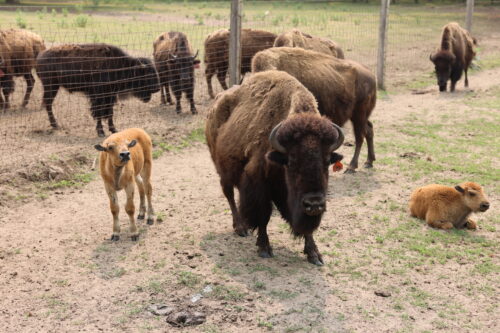
How Bison Came Back from the Brink in Minnesota
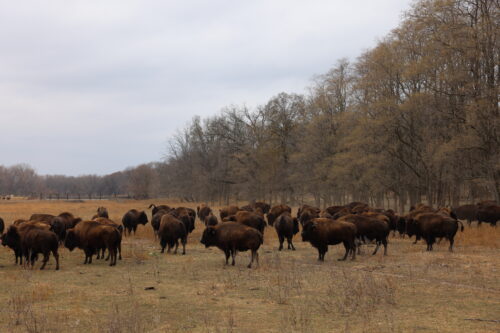
Bison Herd Helps Restore Prairie Island Community
